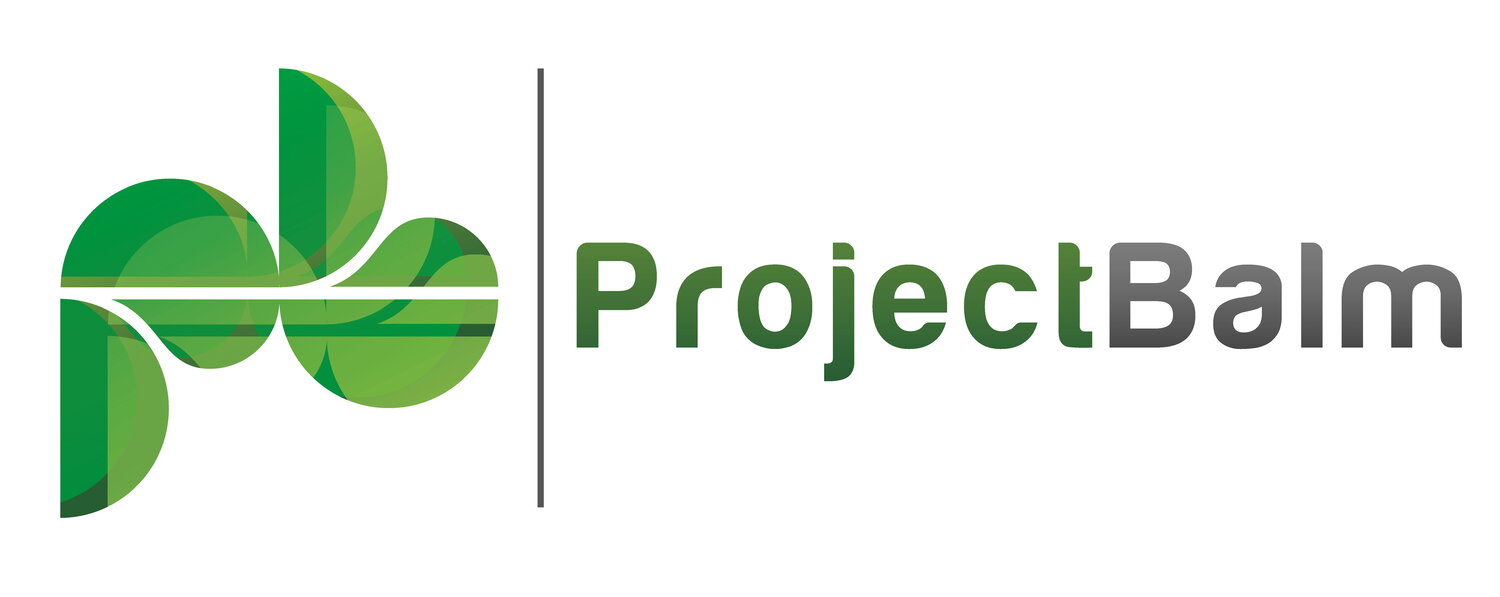Classic Risk Identification Techniques
Identifying risks is one of the fundamental responsibilities of a risk manager. Below, we outline the classic identification techniques that all risk managers should master. Understanding and applying these methods is vital for project success.
Comprehensive Project Review
This technique involves a detailed examination of the project's scope, schedule, and resources. Re-evaluating these critical documents with a risk-aware perspective, and perhaps in consultation with risk master lists, enables risk managers to recognize threats they missed during drafting.
Brainstorming Sessions
Brainstorming with the project team allows for collectively identifying new risks in an open environment where all ideas are valued and documented. This process encourages team members to think creatively about potential challenges, including those stemming from organizational changes, external factors like market shifts, and even opportunities that could positively impact the project.
Retrospective Project Analysis
This technique involves the analysis of previous projects and their risks. By examining the successes and failures of previous endeavors, teams can identify recurring risks and effective mitigation strategies. This historical perspective helps you avoid repeating past mistakes and is a critical step in the risk process. Companies that conduct risk retrospectives on their projects are in a powerful position to leverage this information.
Scenario Analysis
This technique involves creating and examining various future events or conditions to assess their impacts on a project's objectives. By considering a range of possible scenarios, including worst-case, best-case, and most likely scenarios, organizations can develop more robust strategies for mitigating risks and seizing opportunities. Scenario analysis encourages proactive thinking and planning, enabling decision-makers to prepare for and respond to unforeseen events effectively.
Assumptions Analysis
Assumptions analysis involves scrutinizing the foundational suppositions underpinning a project's plans and strategies. This technique requires risk managers to systematically challenge and evaluate the validity of each assumption, identifying where they may be overly optimistic, unrealistic, or simply incorrect. This evaluation helps identify potential risks that could arise from these flawed assumptions.
SWOT Analysis
The classic SWOT (Strengths, Weaknesses, Opportunities, and Threats) analysis provides a structured framework for identifying risks throughout the project lifecycle. Revisiting the SWOT analysis as the project progresses ensures that new risks are captured and addressed promptly. The "Weaknesses" and "Threats" quadrants are obvious targets for scrutiny, but you should also consider the "Strengths" and "Opportunities" quadrants as sources of positive risk.
Expert Interviews
This technique involves engaging with individuals with specialized expertise or extensive experience in areas relevant to the project or its broader context. These interviews, which can be structured or semi-structured, are designed to elicit expert insights on potential risk areas, including those that might not be immediately obvious to the project team. This approach is invaluable for its ability to draw on external knowledge sources.
Root Cause Analysis
This technique involves a cluster of methods (such as Failure Mode and Effect Analysis) that identify the underlying reasons behind a problem. In the context of risk identification, this approach starts with specifying undesirable outcomes, such as critical resource loss or significant cost increases. Teams then trace these outcomes back to uncover plausible causes, hence uncovering risks that are not immediately obvious.
Bow Tie Analysis
Bow tie analysis provides a graphical representation of the causal factors and potential outcomes associated with an adverse event, along with the mitigating actions designed to reduce its probability and impact. This method aids professionals, particularly those who are visually oriented, in comprehensively identifying and addressing risks linked to specific hazard scenarios.
Value Analysis
Evaluating the assumptions behind the project's expected value and return on investment can highlight risks related to the project's business case. This analysis ensures that the project remains viable and aligned with organizational goals.
Risk Breakdown Structure Analysis
Organizing risks into a structured hierarchy facilitates a thorough review of all potential areas of concern. This technique helps identify gaps in the risk list, especially in crucial categories you may have neglected. One way to categorize risks is by scope, schedule, and resource. Another method is to break risks into organizational categories, such as Technical, Operational, Financial, Legal, and External. shs.
Risk Register by ProjectBalm is a cost-effective tool that helps you record and manage your risks.
